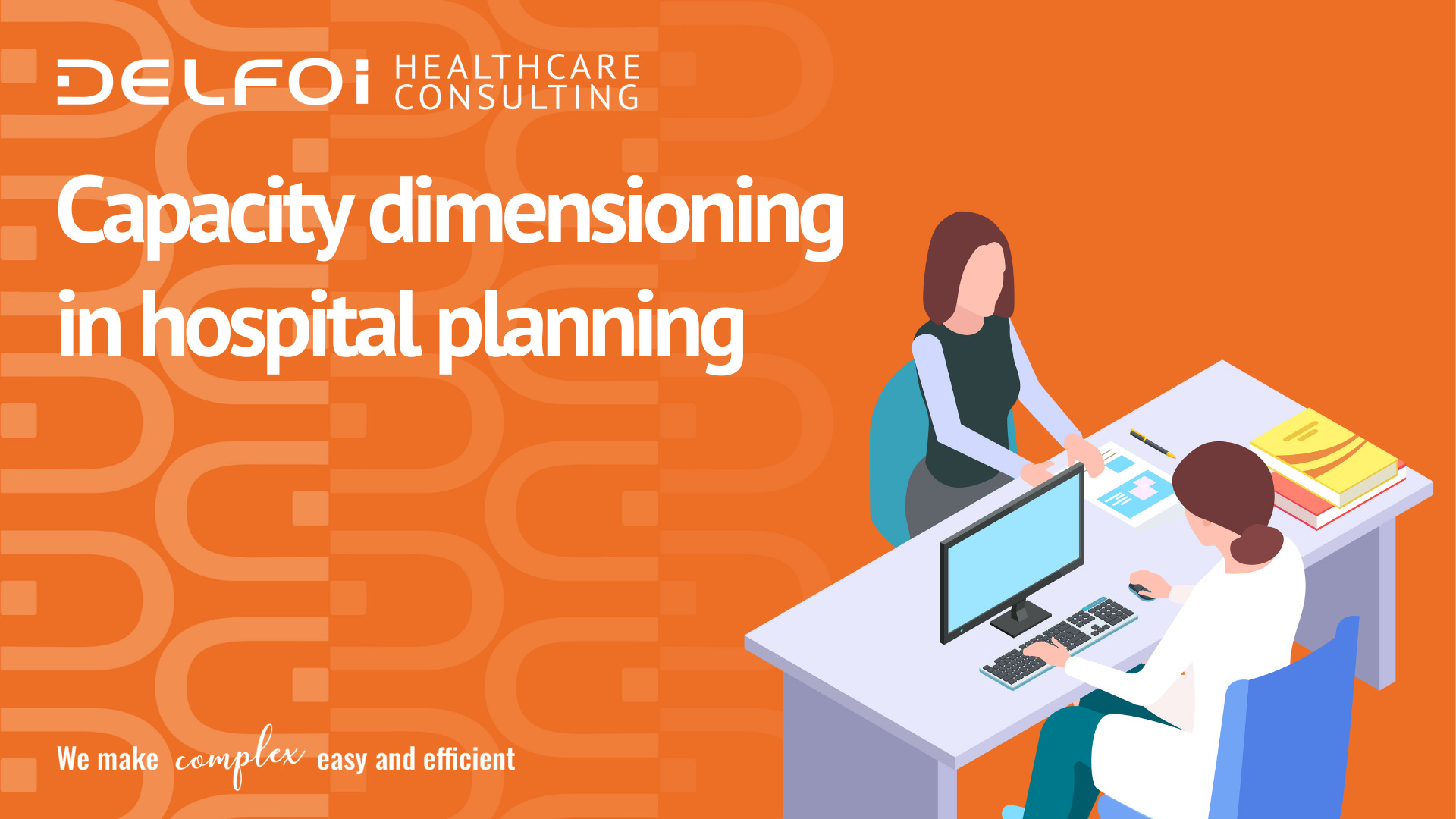Simulation of service processes and logistics
-
- Hospital design and conceptualisation of operational models
- Simulation of service processes and logistics
- Service network planning
- Project management support and change management
- Streamlining and optimising care processes and patient flows
- Performance analysis, service forecasting and knowledge management
- Delfoi Planner for Healthcare
- References
- Latest

Efficient operations of hospitals create requirements for the planning of the logistical entity. Simulation can be used to compare and test different operational models and processes before they are actually implemented or before costly investments are made.
By simulating patient care processes, you can see the impact in advance and easily determine how much personnel, rooms or equipment will be needed for the different phases of a given policy reform or change. A dynamic simulation model can be used to examine changes as demand changes and to anticipate, for example, what will cause bottlenecks in a flow. In healthcare and hospital planning, simulation is also fundamentally about defining capacity needs, and can be used to address this often complex equation.
By working with simulation scenarios, it is possible to nimbly compare different options.
Delfoi uses the FlexSim simulation system (read more about production simulation in industry) for:
- Developing new customer/patient-oriented business processes
- Determining space and resource needs
- Planning operational concepts
- Planning logistics concepts
- Comparing the functionality and profitability of the options
Based on long-term experience, Delfoi Healthcare has developed simulation models for the following use in the planning and sizing of hospital and wellness centres:
- Capacity simulation of the emergency department
- Capacity simulation of the operating theatre, procedure area and recovery rooms
- Capacity simulation for outpatient care and reception services
- Capacity simulation of hospital beds (intensive care, monitoring, and inpatient wards)
- Logistics simulation and systems capacity simulation
An effective logistics system requires that the plans made at different levels form a coherent whole. Delfoi’s logistics planning services can be tailored to the customer’s specific needs. Projects use event-based simulation to compare different implementation options and optimise the details of the operational model.
Hospital logistics planning creates the conditions for smooth operations throughout the hospital
Logistics planning is much more than signage and people flows – it can cover the people and material flows across a campus, but also focus on the location of individual operations.
Delfoi’s logistics planning covers:
- Conceptualisation of logistical principles
- Describing the people and material flows
- Logistics capacity simulation (Flexsim)
- Simulation of distances
The multiple people and material flows in hospitals form a complex logistical entity. Material flows in a hospital environment include medical supplies, medicines, meals, textiles, work clothes, sterile instruments, samples, and waste. In addition, the movement of personnel and patients places many demands on the layout and connectivity of facilities. The number of different logistical operations and operators requires a systematic approach to logistics planning and development.
Hospitals have traditionally focused exclusively on patient care, leaving logistical issues behind. However, the importance and objectives of logistics in healthcare are much the same as in industry, where there is a long tradition of streamlining logistics: ensuring the right materials are available in the right place at the right time at the lowest possible cost. Problems in logistics lead to high costs and disruption of care.
By streamlining the various operations related to material flows, such as ordering, storage, transport, and work distribution, it is possible to save costs and release resources for core hospital activities. Delfoi offers services for the development of material logistics at different levels of planning.
An effective logistics system requires that the plans made at different levels form a coherent whole. Delfoi’s logistics planning services can be tailored to the customer’s specific needs. Projects use event-based simulation to compare different implementation options and optimise the details of the operational model.
How can simulation be used to test the performance of new care and service processes before actual implementation?




